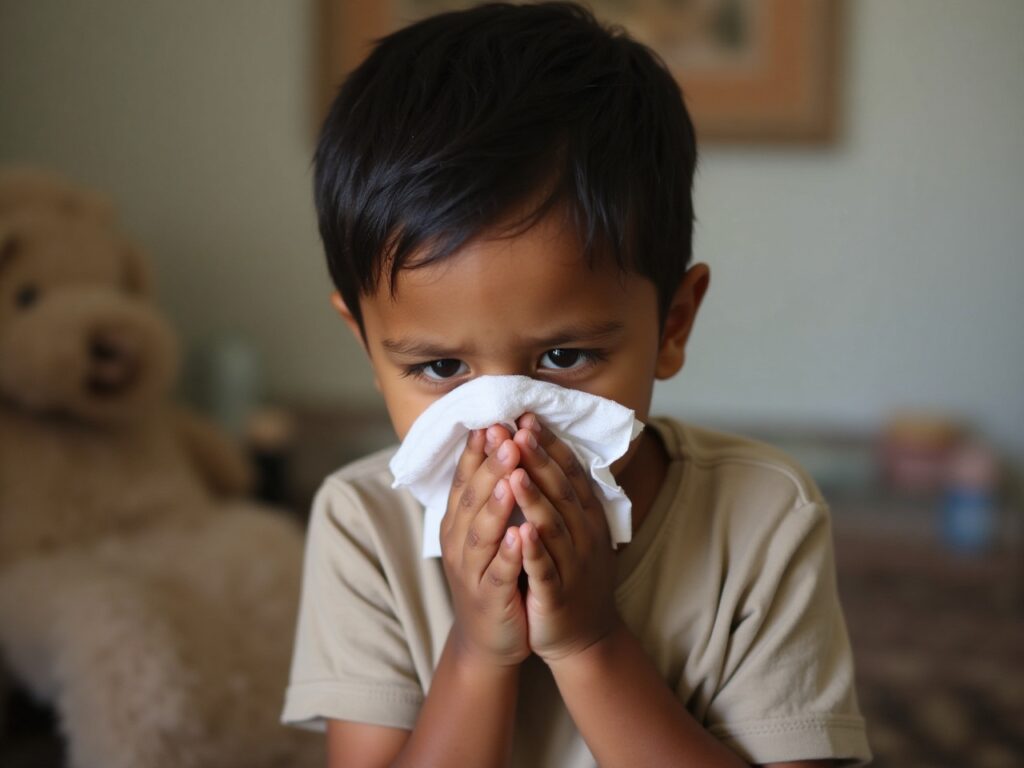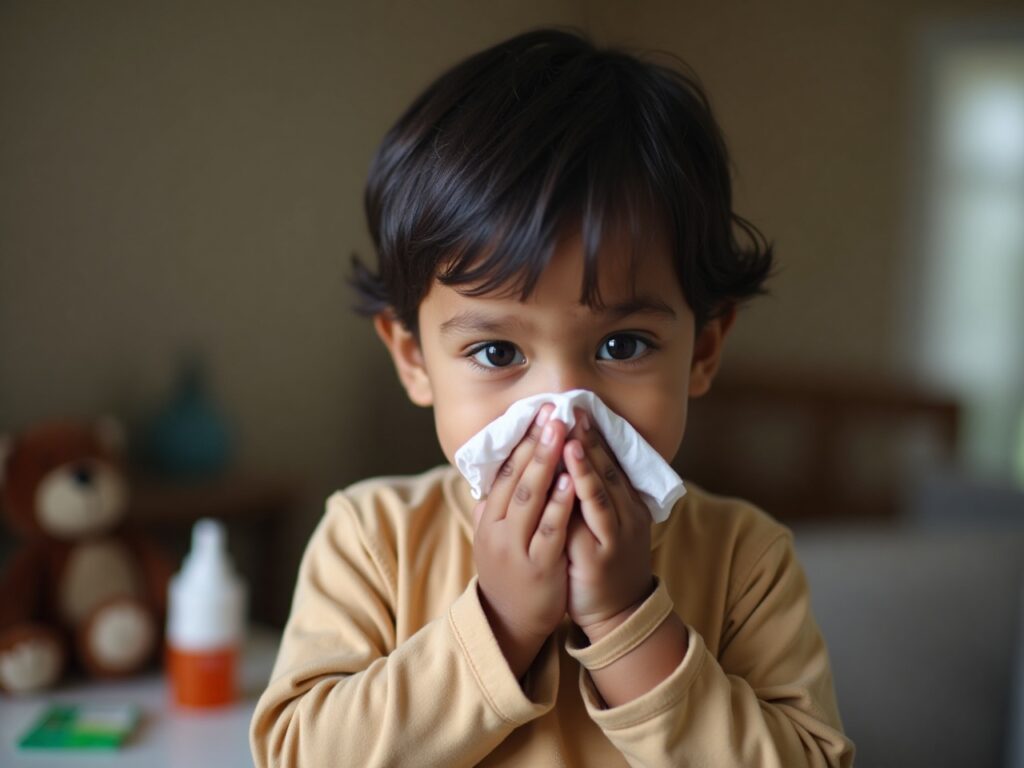What Are the Upper Respiratory Diseases in Children?
What Are the Upper Respiratory Diseases in Children?
Upper respiratory infections are one of the most common reasons children fall sick, especially during seasonal changes or exposure to crowds like schools and daycare. These illnesses affect the nose, throat, and upper airways, and while many are mild and self-limiting, some can turn serious if left untreated. Recognizing the most common upper respiratory diseases in children can help parents respond quickly and seek the right care when needed.

The Common Cold
The most frequent upper respiratory infection in children is the common cold. It spreads easily through droplets and surface contact. Children may develop symptoms like runny or blocked nose, sneezing, sore throat, mild fever, and a dry cough. Most colds last 7 to 10 days and don’t require medication beyond symptom relief. However, if the cough worsens or is accompanied by wheezing or fever, it’s best to consult a pediatrician.
Sore Throat and Tonsillitis
A sore throat can be viral or bacterial. Bacterial throat infections like strep throat or tonsillitis often present with high fever, pain while swallowing, swollen tonsils, or white patches in the throat. These cases may require antibiotics and follow-up care. Severe sore throats with hoarseness, drooling, or breathing issues need urgent attention from a pediatric specialist.

Allergic Rhinitis
Often mistaken for a cold, allergic rhinitis causes frequent sneezing, nasal congestion, itchy eyes, and even post-nasal drip. Children with allergies may experience symptoms throughout the year, triggered by dust, pollen, or mold. In such cases, managing the allergy is key—often with antihistamines, nasal sprays, and in some cases, asthma-related medication.
Croup
Croup is a viral illness affecting the upper airway, usually in younger children. It is known for its barking cough and noisy breathing (stridor), especially at night. Mild cases can be managed with steam inhalation, while severe symptoms may require a hospital visit and breathing support.
When to See a Doctor
While most upper respiratory infections are mild, you should see a pediatrician if your child:
- Has a fever lasting more than 3 days
- Struggles to breathe or has noisy breathing
- Refuses to eat or drink
- Experiences persistent or worsening cough
- Shows signs of wheezing or chest tightness
These symptoms may point to complications such as ear infections, sinusitis, or asthma flare-ups.

Concerned About Your Child’s Breathing, Sneezing, or Sore Throat?
Get the right diagnosis and treatment for upper respiratory infections from trusted pediatricians at Shishuka.
Book Appointment NowContact us